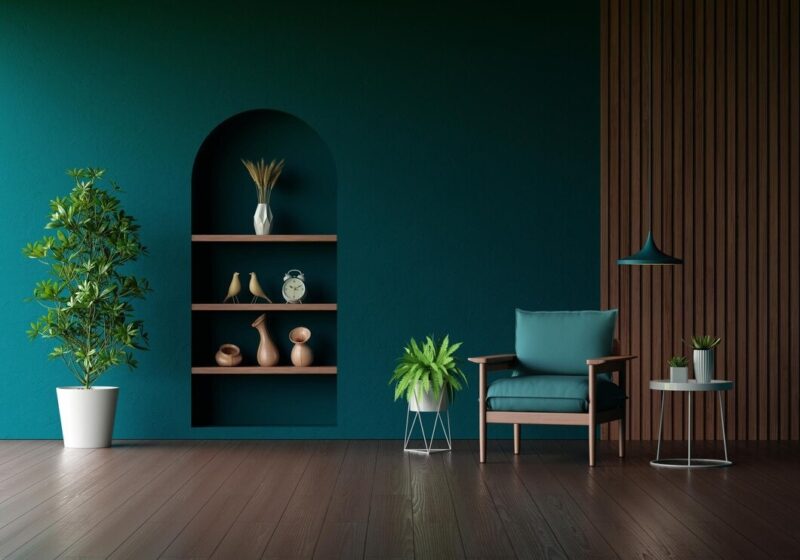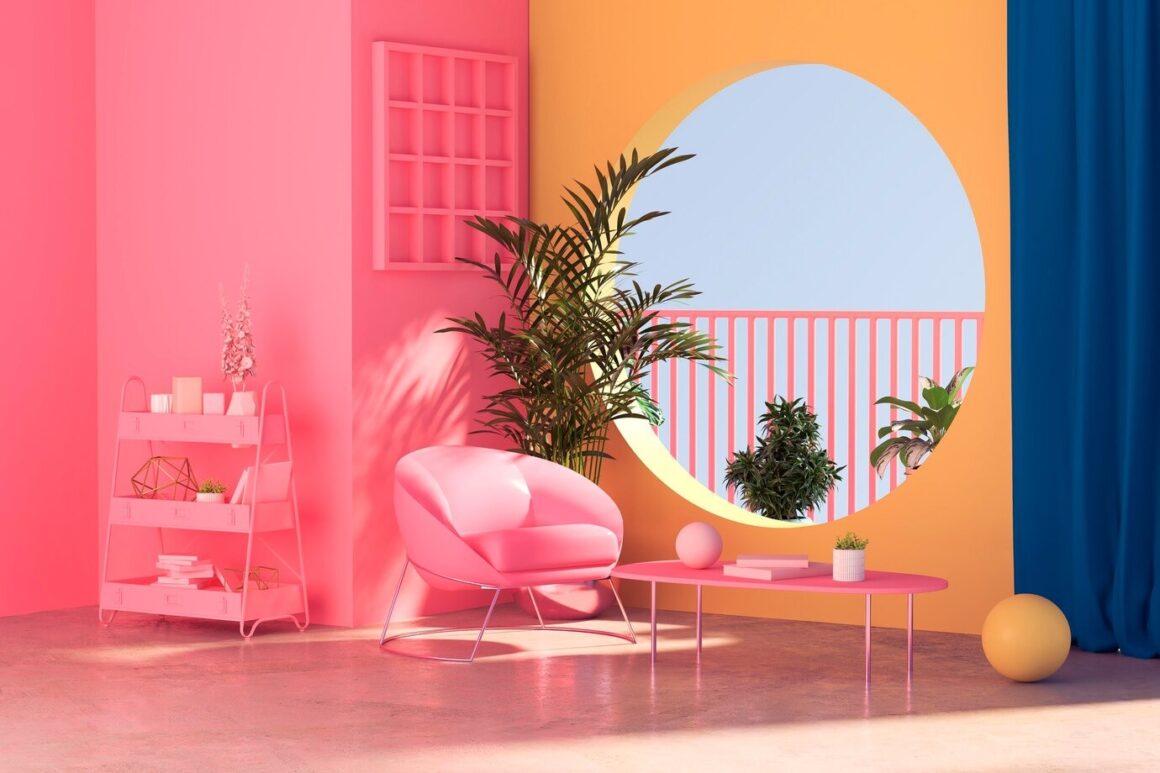In the dynamic world of home décor, the harmonious mix of colors and patterns stands as a timeless testament to style and personal expression. The strategic blend of hues and motifs not only elevates the aesthetic appeal of a space but also weaves a narrative of comfort, warmth, and individuality. This guide is your compass in the vibrant journey of mixing colors and patterns, ensuring your living space is not just an area of residence but a canvas of your unique taste and style.
Understanding Color Theory
Before diving into the practical aspects of home décor, a fundamental understanding of color theory is essential. At its core, color theory involves the spectrum of primary (red, blue, yellow), secondary (green, orange, purple), and tertiary colors. The temperature of colors also plays a pivotal role in shaping the ambiance of a room—warm colors (like red and orange) evoke energy and coziness, while cool colors (like blue and green) imbue a sense of calm and serenity. Grasping these basics provides a sturdy foundation for mixing and matching colors effectively.
Choose a Dominant Color

The journey of transforming a room starts with choosing a dominant color. This hue sets the tone of the space and anchors your color palette. Drawing inspiration can be as simple as reflecting on a cherished artwork, a natural landscape, or even a fashion piece. This dominant color will act as your guiding star, harmonizing the other elements of your décor.
When selecting, consider the room’s purpose—soothing blues for a bedroom, energizing yellows for a kitchen, or nurturing greens for a living area. If you’re having issues picking a dominant color you should try finding ideas at https://rythmoftheworld.com/.
Select Complementary Colors
Complementary colors, sitting opposite each other on the color wheel, are instrumental in maintaining the balance and vibrancy of a space. For instance, the invigorating combination of blues with warm yellows or serene greens with hints of vibrant red can create a dynamic yet balanced environment. The key is to blend these colors in the right proportions to maintain harmony without overwhelming the senses. Use complementary colors in accessories and textiles to weave a visual thread throughout the space.
Embrace Neutral Tones
Neutral tones like beige, gray, and white are the unsung heroes in the realm of home décor. These shades serve as a canvas, allowing your vibrant colors and bold patterns to truly pop. Incorporating neutrals in walls, flooring, or large furniture pieces can lend a subtle elegance and allow for easier transitions should you choose to update color schemes in the future. Neutrals bring balance, ensuring that your spaces don’t become too saturated with intense colors.
Mixing Patterns Successfully

The mix of patterns, when done right, can infuse life and energy into a space. The secret lies in balancing the scale and type of patterns—pairing larger prints with smaller motifs, or florals with geometric shapes, for example. The trick is to maintain a cohesive color palette across these patterns to ensure they complement rather than clash with each other. Use patterns of varying scales to add interest and keep the eye moving through the room.
Scale and Proportion
In the dance of patterns, scale and proportion are crucial. A mix of small, medium, and large-scale patterns can create depth and interest. For instance, a large floral wallpaper can be beautifully offset by medium-sized patterns on cushions and a small, intricate pattern on a throw rug, each contributing to a layered and cohesive look. Be mindful of the room’s dimensions when selecting pattern scales to avoid overwhelming the space.
Texture and Material Variation
Texture and material play a pivotal role in adding dimension and warmth to a space. Combining different textures like smooth leather, soft fabrics, or rugged wood can heighten the sensory experience of a room, encouraging touch and interaction. Metals can introduce a sleek, modern feel, while natural materials like wood or stone bring an earthy and grounding effect. Layering textures, such as pairing a plush rug with a sleek leather sofa, can make a room feel rich and lived-in, offering a tactile and visually stimulating environment that invites you to relax and unwind.
Create Focal Points

Designating focal points in a room is vital for creating a structured and engaging space. Whether it’s a bold piece of art, a vibrant accent wall, or an eye-catching furniture piece like an ornate coffee table or an oversized lamp, focal points draw the eye and anchor the room’s décor, providing a sense of balance and structure. They also serve as conversation starters, reflecting your personality and interests. Use focal points to tell a story or reflect your personality, making your space distinctly yours and an embodiment of your unique aesthetic and life experiences.
Incorporating Accents
Accents, though small in scale, can significantly impact the overall aesthetic of a room. Elements like throw pillows, rugs, or artwork can introduce pops of color and pattern, tying together the different components of the room and adding layers of texture and depth. These elements are the nuances that give a space its character and charm.
Accents are the perfect way to experiment with trends without committing fully, allowing your space to evolve with your tastes. They offer the flexibility to refresh your décor seasonally or whenever you desire a change, ensuring your home always feels current and thoughtfully curated.
Experimenting Safely
The realm of colors and patterns is vast and ripe for exploration. The key is to experiment confidently yet cautiously. Starting with small, reversible changes like cushions, wall art, or decor items allows you to test out combinations without committing fully. As your confidence grows, so can the boldness of your choices. Remember, your home should be a reflection of your personality, so don’t shy away from introducing elements that speak to you.
Final Tips and Conclusion

In wrapping up this guide, remember that the journey of mixing colors and patterns in home décor is deeply personal and subjective. Trust your instincts, seek inspiration, and most importantly, have fun with the process. Your home is not just a living space; it’s a reflection of your unique story and style. With these insights and tips, you’re well-equipped to craft a space that resonates with your personality, one delightful hue and pattern at a time. Remember, in the tapestry of home décor, you are the artist, and your palette is endless.



